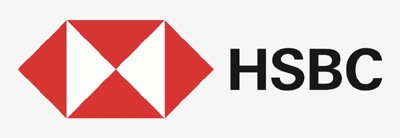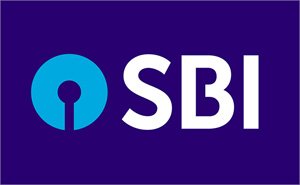Forex risk is a real threat that any individual or institution that deals with foreign currency is subjected to. Whether you’re an exporter, importer, ECB borrower, FCNR borrower, or an international tourist, currencies have a direct bearing on your financial affairs. Payables in foreign currency are owed to an importer or an international borrower. As a result, they’ll be aiming for the INR to remain healthy so they can scoop up more dollars for the same amount of rupees when their forex payout is due. Importers and foreign currency borrowers would have to safeguard their operations from rupee devaluation.
The exporter, on the other hand, has forex receivables at a certain point in the future. The exporter will always ensure that the rupee remains weak in terms of getting more INR with each USD received. If the INR weakens, the exporter will be glad, but if the rupee strengthens, they will have to protect themselves. The USD-INR pair can be used by both importers and exporters to achieve the same result. The risk can be hedged using forwards or options, and we’ll look at how each of these strategies can be applied.
An illustration might help you understand hedging as a currency risk mitigation method. Assume that an organisation has a $500,000/- export inward remittance due on September 30th. While they know the dollar amount that will be received on September 30th, they are unsure how much INR it will translate into because that will be determined by the USD-INR exchange rate on that date. The current exchange rate is Rs.64/$. That indicates a rupee inflow of INR 3.2 crores is projected on September 30th. The company has certain obligations on October 10th and is satisfied with the exchange rate of 64/$ on the settlement day.
However, a well-informed financial advisor will ensure informing the company that due to strong FDI inflows into India, the INR may actually appreciate to 62/$ by September 30th. In monetary terms, this means they will receive only Rs.3.1 crores. The corporation is concerned that this will result in a failure to achieve its outflow obligation on October 10th. As a result, the corporation must hedge its inward dollar risk. How can one do this?
Simply stated, one can mitigate this risk by selling 500 lots of the USD-INR pair at Rs.64 apiece. This will provide them with effective protection. This is how it is going to function. Let us assume that the INR has nonetheless appreciated to 62/$ on the 30th of September. The converted value will be Rs.3.1 crores when the enterprise receives its $500,000/- remittance on September 30th. They did, however, sell 500 lots of USD-INR futures for Rs.64. The firm will make a profit of Rs.10 lakhs on that stake now that the price has dropped to Rs.62. As a result, the total receivable will now be Rs.3.2 crores (Rs.3.1 crores from conversion and Rs.10 lacs from the short USD-INR forward). They have effectively hedged the conversion price at Rs.64/$.
The counter question is what happens if the INR depreciates to Rs.68. In the normal course, Raghav Exports would have made a profit but due to the hedge it will be locked in at Rs.64/$. This will result in a notional loss of Rs.4, but the intent here is to protect your downside risk, not to make profits. There are two ways this can be overcome. Either, one can hold the USD-INR pair with a strict stop loss or the hedging can be done through put options instead of futures so that the maximum risk can be restrained to the extent of the option premium.
On the other hand, in this case, a dollar receivable at a future stage will be held by an importer or a foreign currency borrower. As a result, they must ensure that the INR does not decline too much, as this will necessitate more rupees to obtain the same amount of dollars. The importer or borrower in foreign currency might hedge their risk by buying USD-INR futures. When the rupee drops in value, the dollar soars in value, increasing the value of USD-INR futures. Any loss on his dollars owing to a weaker INR will be offset by long USD-INR futures. Hedging can also be done through options by purchasing a call option on the USD-INR pair in the case of an importer or foreign currency borrower.
Currency derivatives (both futures and options) are also a smart way to hedge future dollar risk. While the OTC forward market remains dominant, the currency derivatives market is quickly gaining traction as the preferred option for controlling currency risk.















